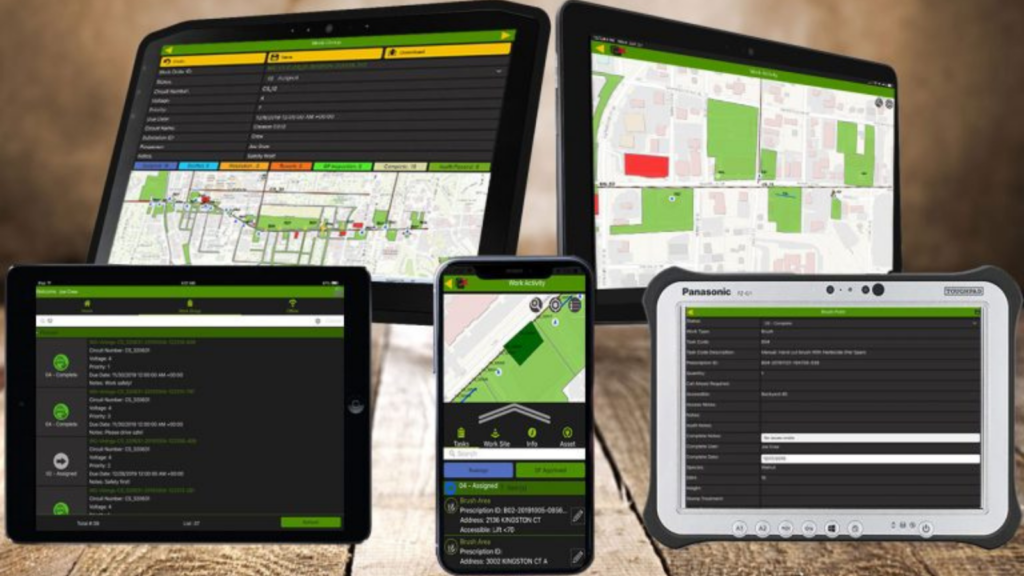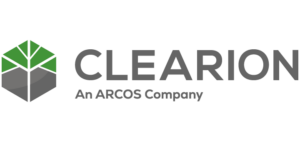In my last blog, I wrote about the benefits of using Esri solutions for field design and data collection of fiber networks. Aside from the benefits discussed, the convenient access to large sets of fiber data is an additional key benefit not to be overlooked.
Before the adoption of Esri solutions and geodatabases, fiber data was archived and distributed on CDs and was also printed and stored as paper records. While digital and paper records of the fiber routes had all the information needed, it was trapped and not readily available at the click of a button. On longer routes, it took too long for the project manager to search for and find the data needed. Today, project managers can simply zoom to an area on a map to obtain the information needed.
Aside from the convenience of navigating in the map and finding the data needed, Clearion field tools enable users to design in the field and share content in near real-time. This modern architecture facilitates syncing between the applications ensuring all users are working with the latest back office, mobile, and field data. All project content is readily accessible to the consultants and the telecom providers through the applications and published web services.
From the online dashboard, other stakeholders such as Inspectors, Project Managers, or other 3rd parties have the ability to view the work progress by simply logging into a URL. Other non-spatial information can be shared in the dashboard so that users have one central repository for accessing project-related documents. Best management practices (BMPs), organization charts, workflow diagrams, and forms can be stored and updated regularly to ensure users remain up to date with the most current processes.
This further contributes to the efficiency mentioned in part one of this blog when I discussed how much time can be saved when digital data is shared in real-time among groups.

As discussed in these blogs, Esri solutions and Clearion offer many benefits to the creation, retention, and sharing of data. In the third and final part of this blog series, we will discuss the out of the box solution which is used by engineering consultants to rapidly kick-start your next project.
Stay tuned for my final installment of this blog series.
